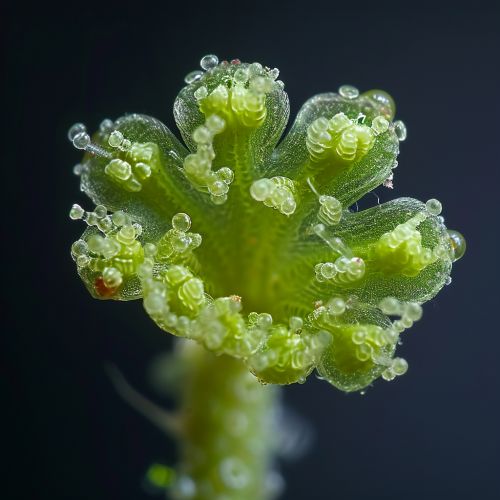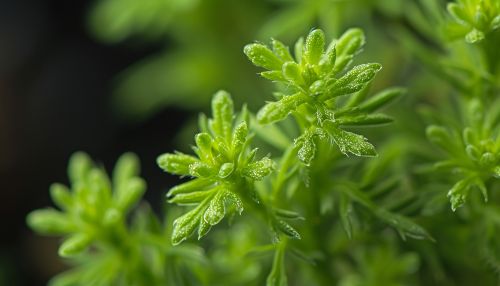Archaeplastida
Overview
The Archaeplastida (or Primoplantae) are a major group of Eukaryotes, recognized in various classification systems. They are autotrophic organisms that are characterized by the presence of chloroplasts in their cells. The group includes land plants, green algae, red algae, and glaucophytes. The name 'Archaeplastida' comes from the ancient, or 'archae', plastids (chloroplasts) that characterize the group.


Classification
The Archaeplastida are a monophyletic group, meaning they include all descendants of a single common ancestor. This group is also sometimes referred to as the 'Plantae', but this term can also refer to other groups such as the green plants alone. The Archaeplastida are divided into three main lineages: the Viridiplantae (green plants and green algae), the Rhodophyta (red algae), and the Glaucophyta (glaucophytes).
Characteristics
Members of the Archaeplastida share several key characteristics. They are eukaryotic, meaning their cells contain a nucleus and other complex structures. They are also autotrophic, meaning they produce their own food through the process of photosynthesis. This is made possible by the presence of chloroplasts in their cells, which contain the pigment chlorophyll and are the site of photosynthesis.
Evolution
The Archaeplastida are thought to have originated from a single endosymbiotic event, where a heterotrophic eukaryote engulfed a cyanobacterium. This cyanobacterium then evolved into the first chloroplast. This event is thought to have occurred around 1.5 billion years ago, and it marked a major transition in the history of life on Earth, as it led to the evolution of photosynthetic organisms.
Viridiplantae
The Viridiplantae, or green plants, are one of the three main lineages of the Archaeplastida. They include the land plants, as well as several groups of green algae. The green plants are characterized by the presence of two types of chlorophyll, a and b, in their chloroplasts. They also store their food as starch inside the chloroplast.
Rhodophyta
The Rhodophyta, or red algae, are another major lineage of the Archaeplastida. They are characterized by the presence of chlorophyll a and phycobiliproteins, which give them their red color. Most red algae are multicellular and marine, although there are also some unicellular and freshwater species.
Glaucophyta
The Glaucophyta, or glaucophytes, are the third main lineage of the Archaeplastida. They are unicellular algae that are found in freshwater environments. Glaucophytes are unique among the Archaeplastida in that their chloroplasts, known as cyanelles, retain some features of their cyanobacterial ancestry, such as a peptidoglycan cell wall.
